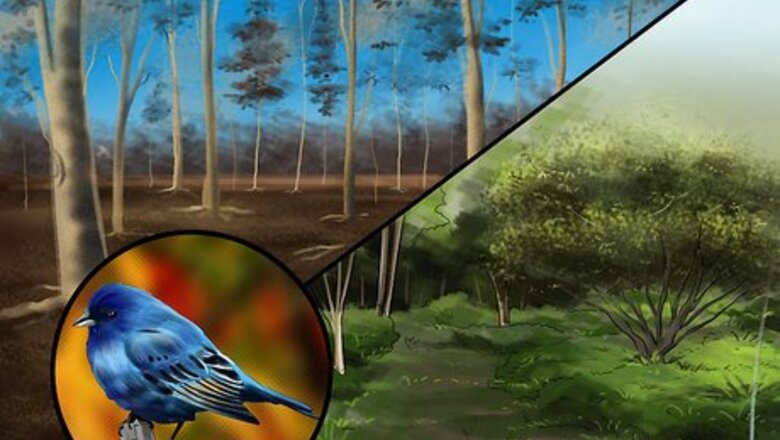
views
X
Trustworthy Source
The Cornell Lab of Ornithology
Research lab of Cornell University dedicated to interpreting and conserving the Earth's biological diversity through research and education about birds
Go to source
The distinctive and rather dazzling blues of the male's breeding plumage are, in fact, an illusion - created by light diffracting through the structure of the feathers. Migrating at night, these buntings can use their internal clock to orient themselves to a moving star,[2]
X
Trustworthy Source
The Cornell Lab of Ornithology
Research lab of Cornell University dedicated to interpreting and conserving the Earth's biological diversity through research and education about birds
Go to source
overwintering in areas between southern Florida and northern South America. This wikiHow will teach you how to identify the dapper male indigo bunting and their elusive female counterparts.
Knowing Where to Look

Look in the forest. Indigo buntings like brushy forest edges or open deciduous woodland.They also like forests where plants and shrubs are starting to grow. The nest is most likely to be on the edge of the woodland. Look out for fledglings in the nest in spring. Watch out for indigo buntings hunting in low vegetation. They forage for seeds and eat insects off of branches.
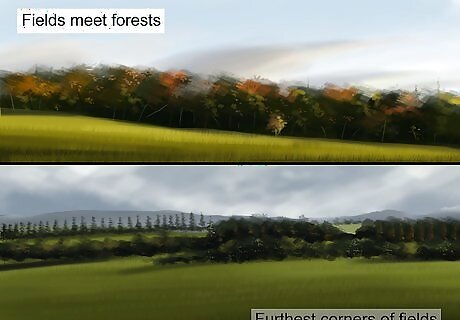
Look out for indigo buntings in particularly weedy areas. They love hidden areas, especially where fields meet forests. Weedy areas are mainly found in fields, not forests. Try searching in the furthest corners of fields for overgrown areas. Do not expect to find indigo buntings in a field full of animals. They are naturally 'shy' birds and do not like to be near larger animals.

Search in areas with small trees. Indigo bunting will sit there to hunt and sing in the hottest part of the day. Some areas you can search in orchards and gardens. They will not visit gardens on a regular basis, but sometimes you might see one in large gardens. There is a quote that says: "The bird is a constant singer from the time it arrives until the second brood is out of the nest, and it sings volubly during the hottest part of the day, usually selecting the top of some small tree and repeating its song many times before it seeks another perch." (Barrow 1912: 536) It is commonly used to describe the singing and hunting patterns of indigo buntings.
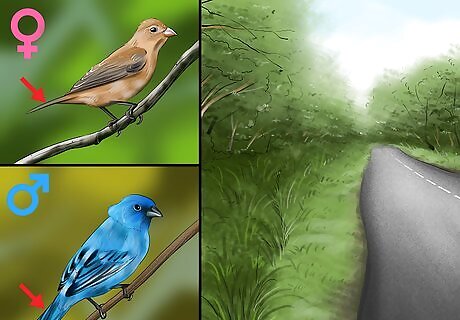
Look out for indigo buntings hiding in the overgrown areas by roadsides. It will sit there and flick its tail up and down. The tail will be distinctive indigo on males and hazelnut brown on females. Look out for the indigo tail on this search: the hazelnut brown tail of a female will be hard to spot amongst leaves. Look out for a male and female side by side: they are sometimes together when walking/hunting.
Identifying an Indigo Bunting
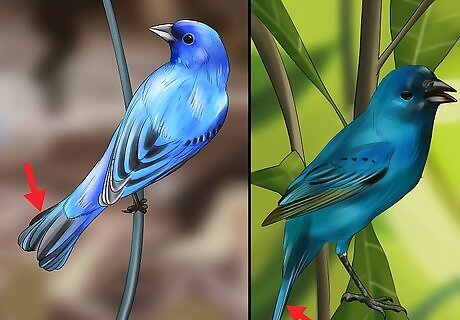
Look out for a tail made up of feathers in the shape of a peacock's tail display. It is indigo in males and pale indigo and brown on females. If the tail feathers are near enough, sometimes indigo bunting will 'curve' them rapidly downwards. This is unusual, as most birds hold them upwards instead of downwards.
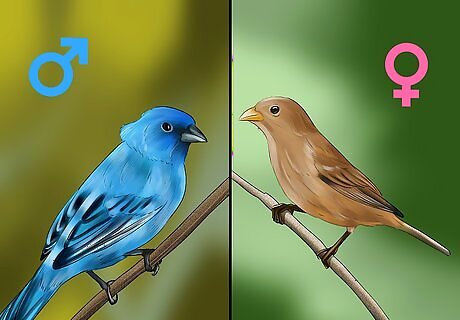
Learn the differences between a male and female indigo bunting. The male is almost completely indigo, with a grey beak and black or brown tail markings, and the female has a brown body with indigo flecks and a yellow beak. To see the proper colorings of a female indigo bunting in detail, you will need to be standing in the light of the sun. A fledgling will look the same as described by gender, but with a slightly fluffy underside.
Look for flashes of indigo more often. Females are rarely seen at all and are mostly hidden away in dense thickets. Females hide to build nests, look after young and hunt for the whole family's food. You may see females more often in summer and autumn when their young have built their own nests and less food is needed.
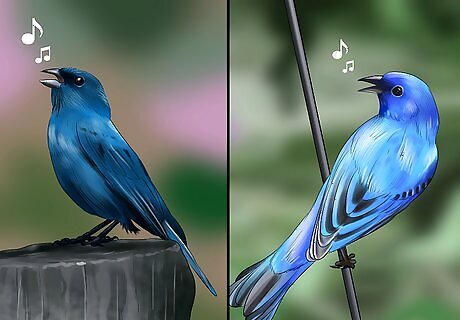
Look out for indigo males singing on telephone wires and wooded edges. They will sing in midsummer, usually to alert the female of something. The male and female make the same chip call to alert each other of danger and a sharp ziiiip call is used as a call in flight.



















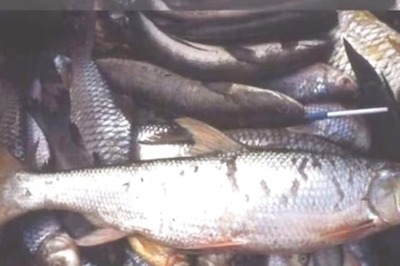
Comments
0 comment